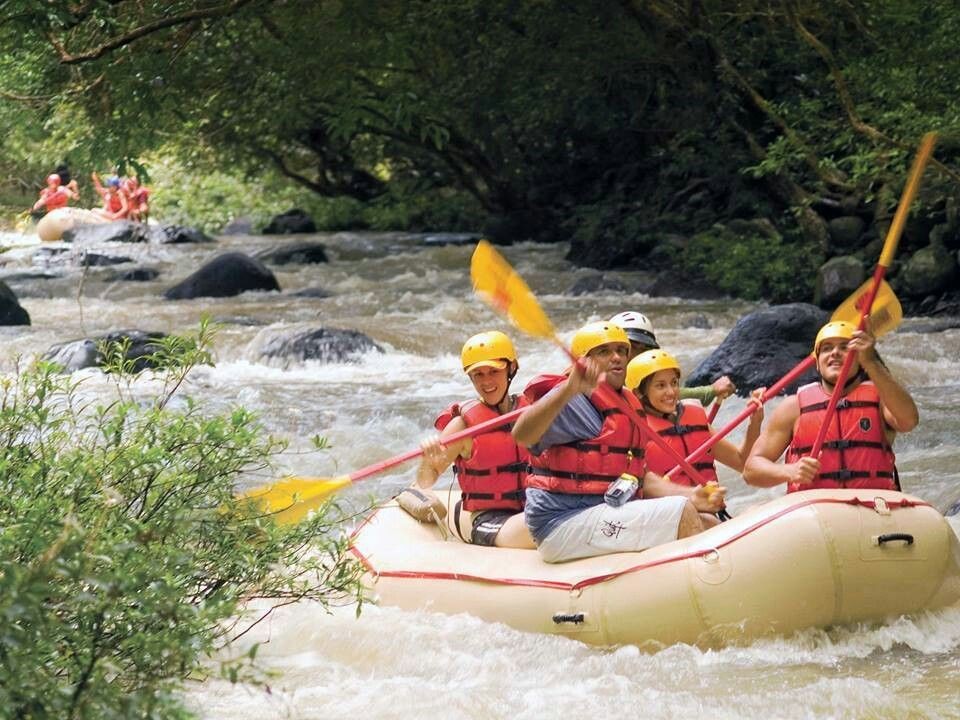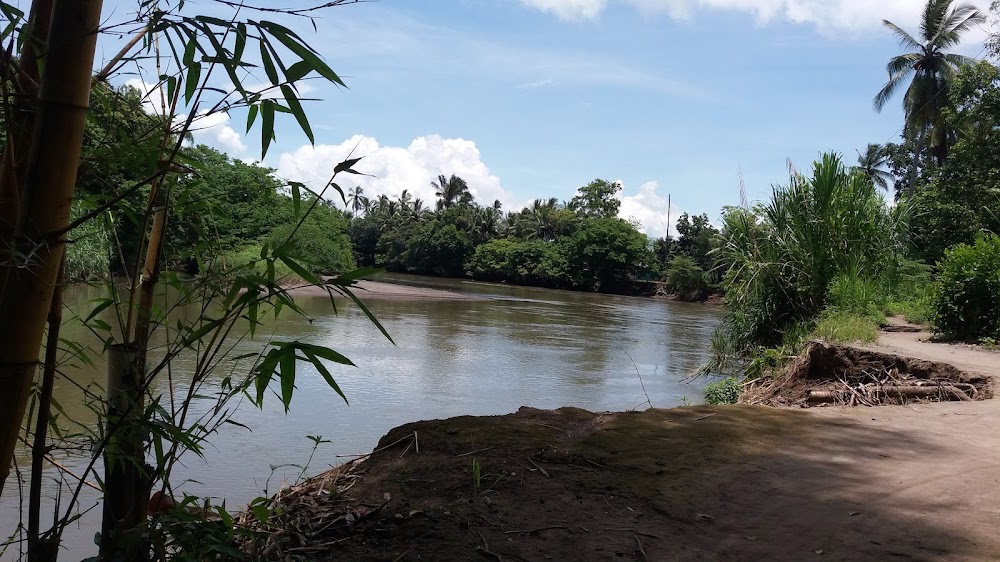Rio Chiriquí Viejo (Río Chiriquí Viejo)
Overview
The Chiriquí Viejo River is a captivating waterway that meanders through the province of Chiriquí, ultimately flowing into the Ngöbe-Buglé Comarca in the Republic of Panama. Its journey begins high in the Talamanca Mountain Range, where crystal-clear streams converge to create this enchanting river. This mountainous region, often enveloped in mist, ensures a steady and robust flow of water. Over thousands of years, the river's relentless descent has sculpted a lush and fertile valley, breathing life into the land and communities that thrive along its banks.
One of the river's most striking attributes is its diverse ecosystem. Thanks to the tropical climate and abundant rainfall, the area boasts a rich tapestry of flora and fauna. Towering trees such as ceiba and balsa line the riverbanks, offering shelter and habitat for a myriad of birds, insects, and mammals. The waters of the river are alive with fish, including species unique to the region, which play a vital role in the diets and economies of local communities.
Given the river's crucial role in the region’s biodiversity, ongoing environmental preservation efforts are essential. Local and international organizations collaborate with indigenous groups, particularly the Ngäbe-Buglé people, to implement effective conservation strategies. These initiatives aim to safeguard the wildlife and natural resources that are key to maintaining ecological balance in the area.
Historically, the Chiriquí Viejo River has served as a lifeline for the indigenous peoples of the region. The Ngäbe-Buglé maintain a profound connection to the river, relying on it for fishing, agriculture, and transportation. Their cultural traditions and folklore often highlight the river's sacred status and its integral role in daily life. This vibrant heritage is reflected in the colorful crafts and elaborate ceremonies that celebrate and honor the river.
Modern developments have also tapped into the river’s potential. Several hydroelectric dams have been erected to meet the region's energy demands, providing electricity to surrounding areas. While these developments contribute positively by supplying power, they have also ignited discussions about environmental impacts and the displacement of local communities. Striving for a balance between development and conservation is crucial to preserving the river's natural beauty and resources.
Tourism is gradually emerging as a significant industry along the Chiriquí Viejo River. Its pristine waters attract eco-tourists, kayakers, and white-water rafters from around the globe. Adventure seekers flock to the thrilling rapids, while others find solace in the tranquil spots perfect for birdwatching and nature walks. Local guides, with their extensive knowledge of the area's natural history and cultural significance, enrich visitors' experiences.
Community-led tourism initiatives are designed to offer sustainable economic benefits without undermining the river's natural allure. Projects such as eco-lodges, guided tours, and cultural workshops empower locals to share their heritage while promoting environmental stewardship.
Ultimately, the Chiriquí Viejo River remains a vital lifeline for the people and ecosystems it nurtures. It stands as a testament to nature’s resilience and humanity's ability to cherish and protect essential natural resources. Through ongoing conservation efforts and a commitment to sustainable development, this remarkable river will hopefully continue to flow, sustaining both the land and the rich culture it has supported for generations.







